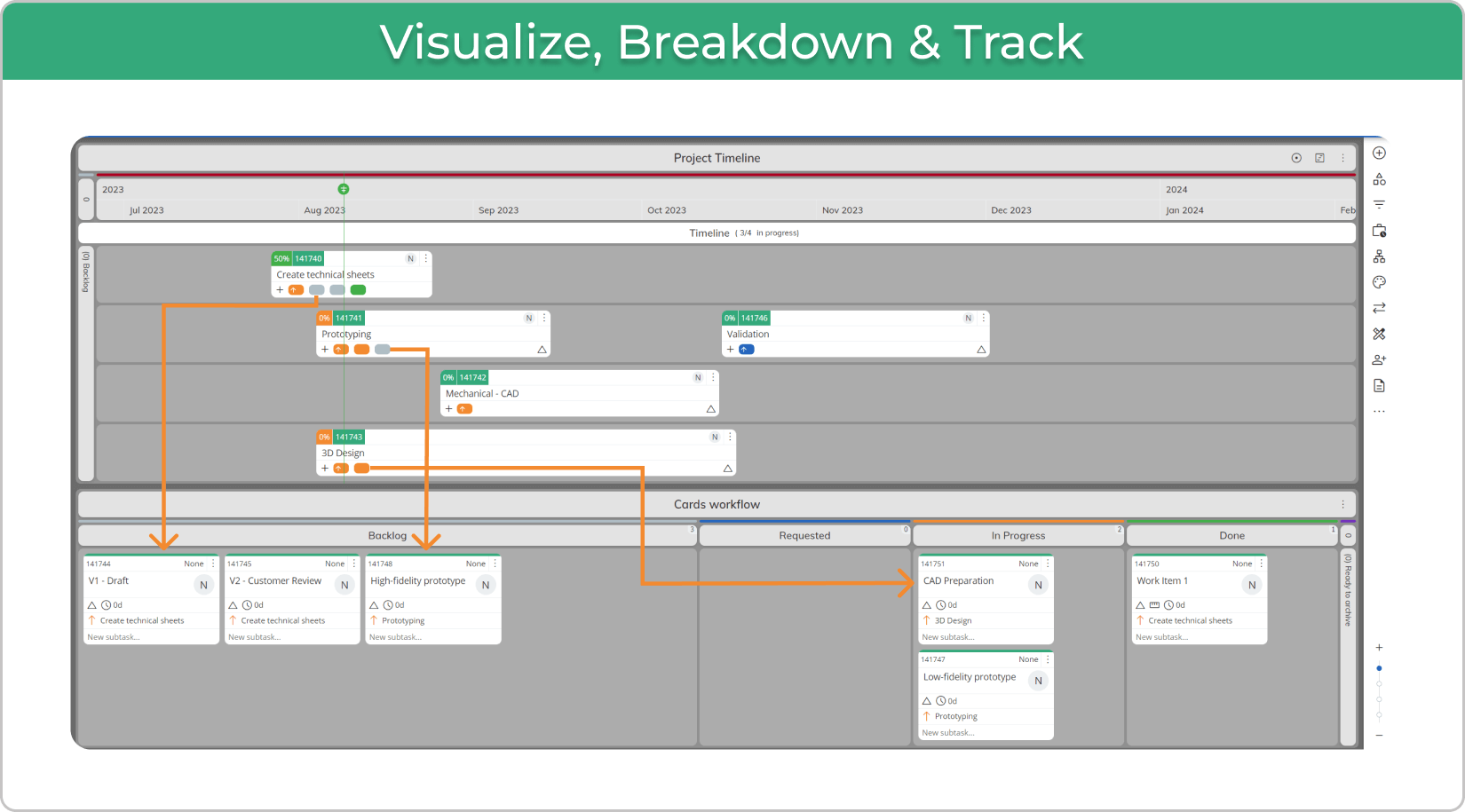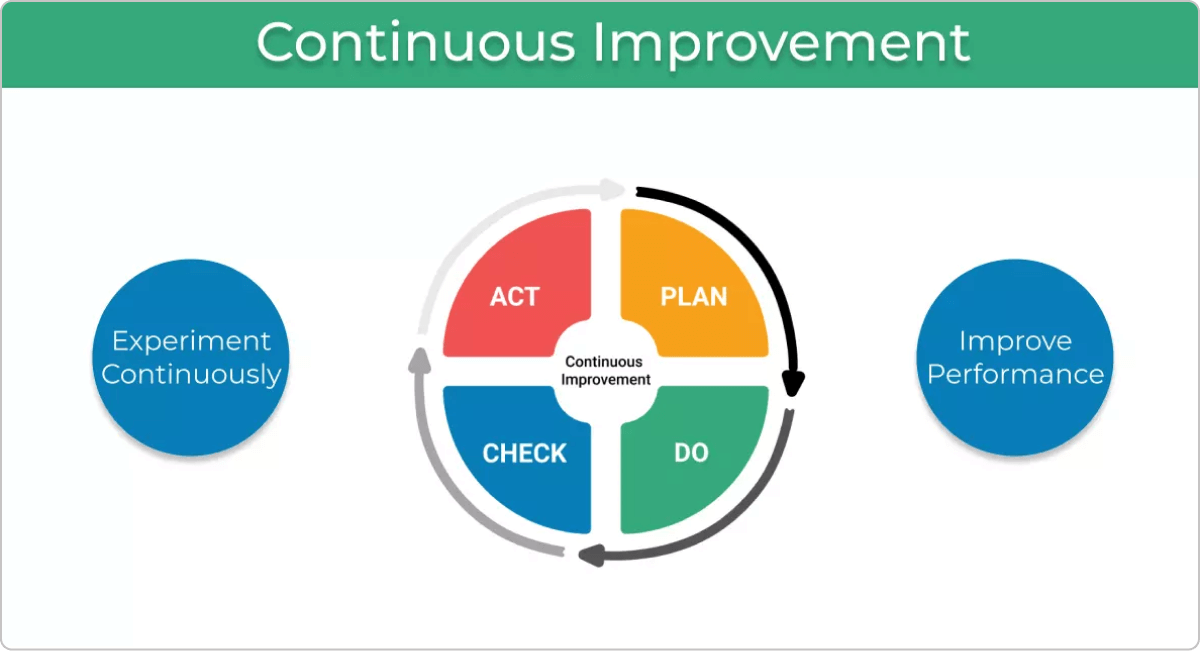Since the release of the Agile manifesto, more and more companies outside the software development sector have started realizing the advantages of Agile project management over the traditional approach.
In the following paragraphs, we will introduce you to 5 essential Agile benefits, so bear with us.
Benefit #1: Reduced Risk
Let's face it. Nowadays, everything changes rapidly, especially in knowledge work. Take, for example, the technological innovations that appear on the market almost every year.
The same goes for customer requirements, which can alter all the time. Unless you can respond to them, you risk accumulating significant project delays and ultimately failing to deliver what has been promised to the end customer. This is what often happens in the traditional (Waterfall) approach to managing projects that is less likely to occur in Agile.
That's why one of the most significant benefits of Agile lies within adaptability. Agile teams can better react to emerging changes, which reduces the risk of complete project failure. This happens through the concept of continuous delivery and getting customer feedback early in the process, as fast as possible.
When managing Agile initiatives or projects, instead of having big work batches, the focus is on breaking them down into smaller pieces that bring value to the client. These small but actionable "deliverables" are being continuously released to the market without waiting for everything to be completed upfront.

This process helps you reduce the risk of failing to deliver your projects. Whenever a customer changes their requirements, you will be more flexible and adapt to whatever the situation is right on the spot, as opposed to significantly delaying your project.
Besides, you will be able to reduce the risk of accumulating high project costs. With the reduction of the batch size and the high customer involvement at every step of the process, Agile allows you to apply only small modifications where necessary.
This saves you the extra hassle, resources, and costs that you would've otherwise accumulated if you had to go back and start the project all over again. As a result, you will be working on a more cost-efficient project which will provide you with the means to make the final product or service cheaper for the end customer.
Benefit #2: Higher Chances of Meeting Customers’ Expectations
One of Agile project management's most significant benefits is that it improves the chance of meeting customers' expectations. This happens with constant customer collaboration through the frequent feedback loops in an Agile process.
As work is continuously delivered to the end-customers, they can see and give their respective thoughts on actionable deliverables. This makes sure that teams better understand customer's specifications to provide them with the right products and services.
However, this is one piece of the puzzle. The other is less common but not less important. It is known as the Lean/Agile practice of "building quality in", which ensures that each work item meets certain quality standards at every step of the workflow.
Let's briefly examine below how you can build quality in your process.
Identify quality requirements and prepare your team
To implement the built-in quality practice, first of all, you need to have a firm understanding of your customer's quality requirements. In an Agile environment, this is done by constant customer collaboration that occurs throughout the entire project.
Also, you need to ensure team members know what is expected of them in terms of quality at every step of the work process. They should be equipped with the right Agile project management tools and training to carry out the operations in the most defect-free way.
Introduce visual signals when a problem emerges
One of Agile project management's great advantages for knowledge work is that the work process is visual (as we will explain below). A common practice for building quality in is to also visually signal problems with the work process.
For example, in a Kanban system, teams apply visual signals whenever an issue appears with a work item. In practice, you can block it and thus signify that there is a problem with the task. This allows team members to see where the problem is in the workflow and collaborate to resolve it.
 Visualizing a blocked work item on a Kanban board
Visualizing a blocked work item on a Kanban board
A great practice borrowed from Lean manufacturing is for everybody to stop whatever they are doing and "swarm" to help solve the problem as fast as possible. Talking about knowledge work, this usually only happens when the identified issue is of big significance and impedes the workflow from moving forward.
10 Years Kanban Experience In 1 Free Book.
Project Manager's Guide to Kanban
Create an environment of mistake-proofing
The third practice of ensuring "built-in quality" lies within mistake-proofing, aiming to create an environment where the accumulation of errors is as low as possible. To do this, you can establish specific policies in your team members' work process to follow and respect before they commit to executing a particular action.
Also, you should build quality in through 100 percent inspection. Even though having one big "Quality Assurance" phase at the end of the process is considered as waste, this doesn't mean that you shouldn't break it down into small pieces and spread it across your workflow.
The way to do that is by applying fast quality checks alongside the development life cycle (after each successive work operation) to determine any potential defects to be cleared out. The image below represents a simple example of that in a knowledge work environment.
 Visualizing a "Quality Check" policy in a work process on a Kanban board
Visualizing a "Quality Check" policy in a work process on a Kanban board
By ensuring that quality is continuously built in a product or service and that there is constant customer collaboration, Agile teams can meet their client's expectations and satisfy their needs with higher success.
Benefit #3: Metrics for Efficiency and Data-Driven Decision Making
Another benefit of Agile project management is the generation of more relevant and accurate metrics for planning volatile projects and measuring performance.
In traditional project management, metrics are predominantly used to show how closely the project is tracking against cost and schedule. However, these are mostly estimations detached from reality and what we miss is a measurement for efficiency. That's why, in Agile, the focus is on producing results, optimizing performance, and making data-driven decisions.
For instance, when optimizing your work process and measuring your team's performance, Agile provides you with metrics such as lead time, cycle time, aging work in progress, throughput, etc.
Let's briefly examine each one of those examples below:
- Lead Time – with its help, you can better measure how long it takes you to process one work item from a customer request to actual delivery.
- Cycle Time – this metric shows you how much time you spend working on a given work item.
- Aging Work In Progress – with the application of this Agile metric, you can track how your work in progress matures over time, where it moves faster and respectively slows down across your process.
- Throughput – this metric shows you the productivity of your team. It measures the amount of completed work against the time consumed.
One of Agile's big advantages over the traditional approach is that it focuses on data-driven forecasting rather than estimating based on gut feelings.
This can be done by relying on historical data that is run through many random simulations to forecast a probable future outcome. The method is known as Monte Carlo Simulations.
 Example of Monte Carlo: How Many
Example of Monte Carlo: How Many
Here, it is essential to note that the keyword is "forecast", which means that it won't be 100% precise. However, it will certainly be more accurate than relying on a gut feeling to do estimations. As a result, you will have the means to provide your clients with more realistic expectations regarding their project delivery.
Benefit #4: Improved Performance Visibility & Transparency
Imagine for a second that you are driving a car without being able to see the road clearly. How easy would it be for you to take a turn and change your course of direction? Not at all, right?
It is the same in project management. Without a visible process, you will have a hard time adapting to emerging changes and measuring performance indicators.
That's why one of the most critical benefits of Agile lies within the creation of a transparent work process. This allows you to spot issues inside your workflow, put everybody from your team on the same page, and respond to changes more effectively.
In practice, you can make your project's life cycle more transparent with the Kanban board's help. With modern digital boards, you can break down your bigger initiatives into smaller tasks (cards), split your work process into different phases, create separate workflows, make your work policies explicit, and visualize the flow of tasks of your team members.

When this is in place, you will be able to improve the collaboration between your colleagues as each one of them will know what the other is working on at any given point in time. You will also have a better representation of your work process's performance – what type of tasks are taking the most time to be completed, are you keeping a steady process flow, in what stages work is slowing down, etc.
Benefit #5: Better Team Collaboration and Continuous Improvement
Last but not least, another advantage of an Agile implementation is that it creates an environment for better team collaboration and, eventually, continuous improvement.
In Agile, open communication is central to successful project delivery. Through Agile practices such as the “Daily Stand-Up Meeting”, teams gather around a Kanban board and quickly discuss what they have achieved since yesterday.
Combined with visualization and the active communication of what "Done" means for a specific work item or the whole project, you can enjoy increased levels of team involvement and morale. After all, the Agile approach recognizes people as the most important aspect of project management, rather than processes and tools.
Besides that, there is a big focus on continuous improvement in Agile, which is seen as a "religion". As big piles of work are being broken down into smaller pieces and continuously delivered for customer examination, Agile teams can reflect on their feedback and keep refining a product or service to make it better and better with time.

Eventually, the end customers will receive what they asked for and what they really need. On the other hand, the collective knowledge gathered by your team members through that process will make them more qualified for the successful execution of future projects.
We offer the most flexible software platform
for outcome-driven enterprise agility.
In Summary
Originally, Agile began as an approach for more effective delivery of software solutions. However, more and more companies outside the IT sector have started adopting and realizing the benefits of Agile project management, which can be summarized below:
- Reduced Risk
- Improved Chances of Meeting Customers Expectations
- Metrics for Efficiency and Data-Drive Decision Making
- Improved Performance Visibility & Transparency
- Better Team Collaboration and Continuous Improvement





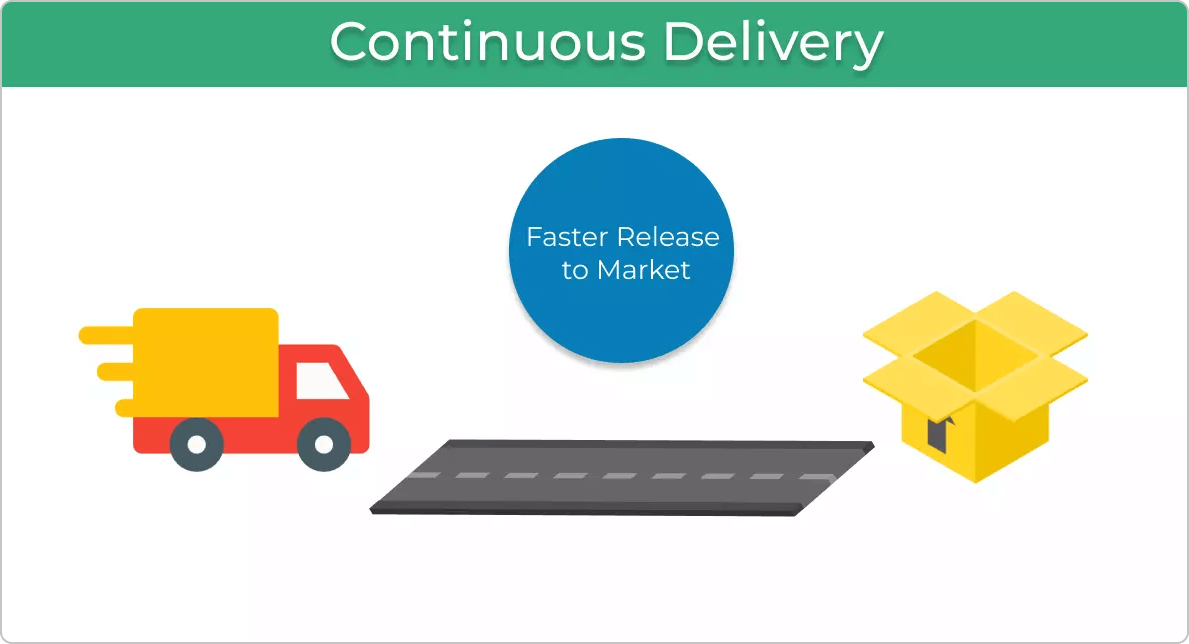
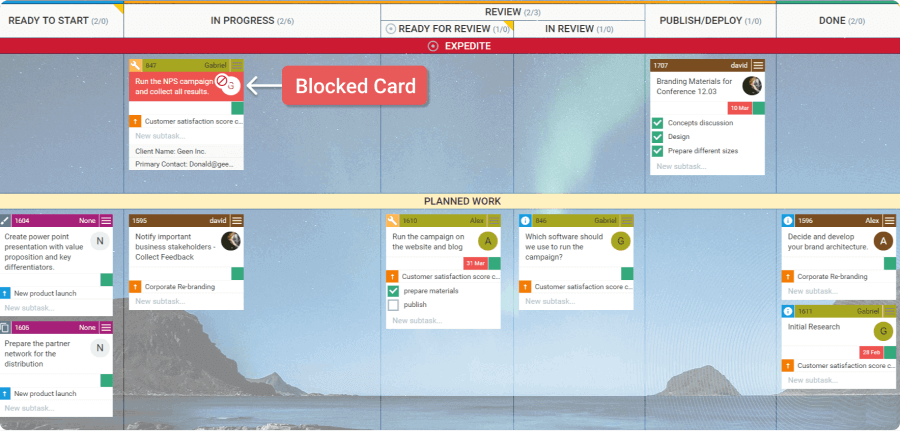 Visualizing a blocked work item on a Kanban board
Visualizing a blocked work item on a Kanban board 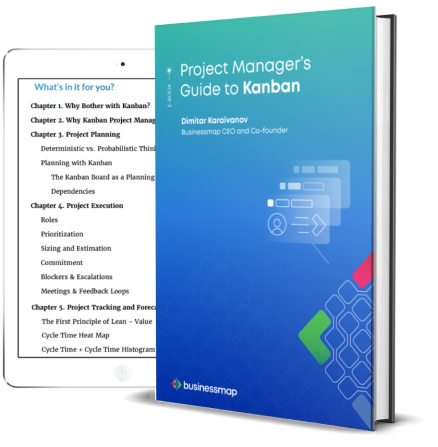
 Visualizing a "Quality Check" policy in a work process on a Kanban board
Visualizing a "Quality Check" policy in a work process on a Kanban board Example of Monte Carlo: How Many
Example of Monte Carlo: How Many